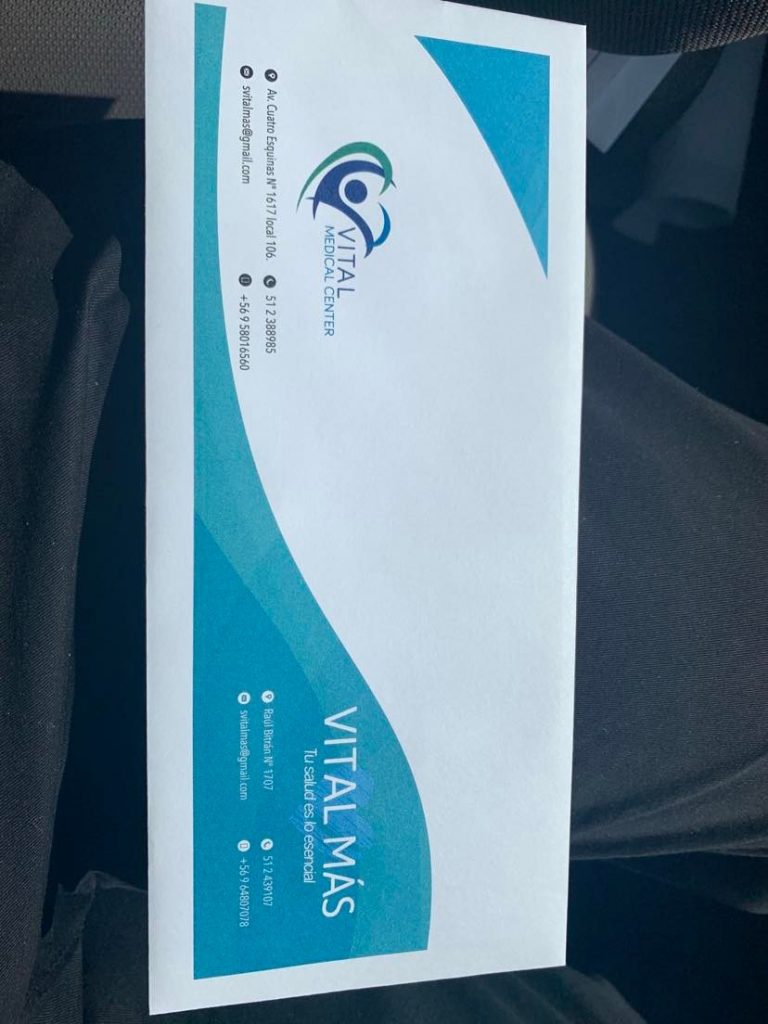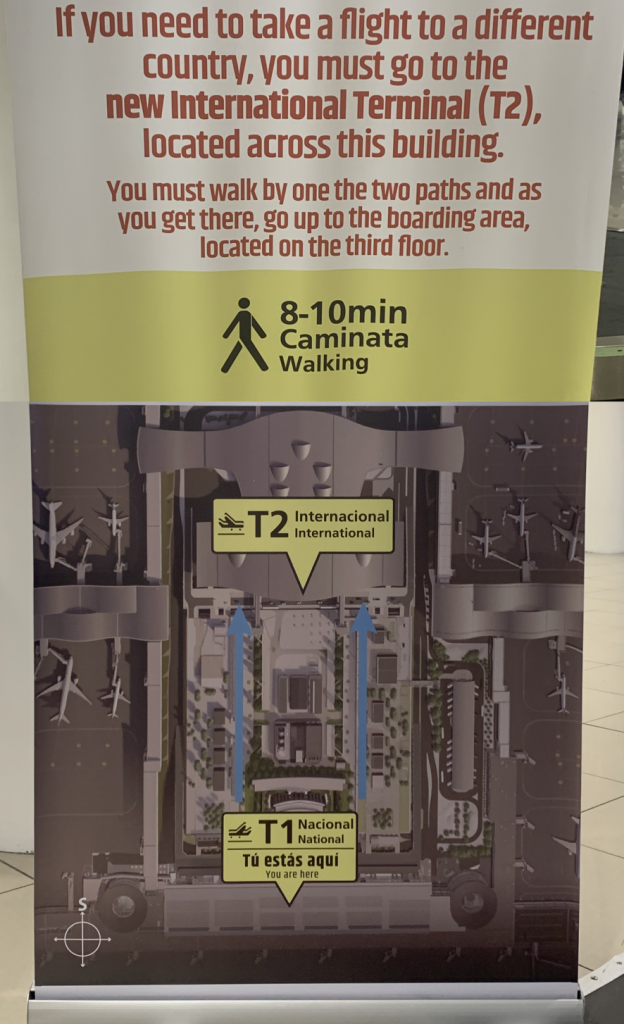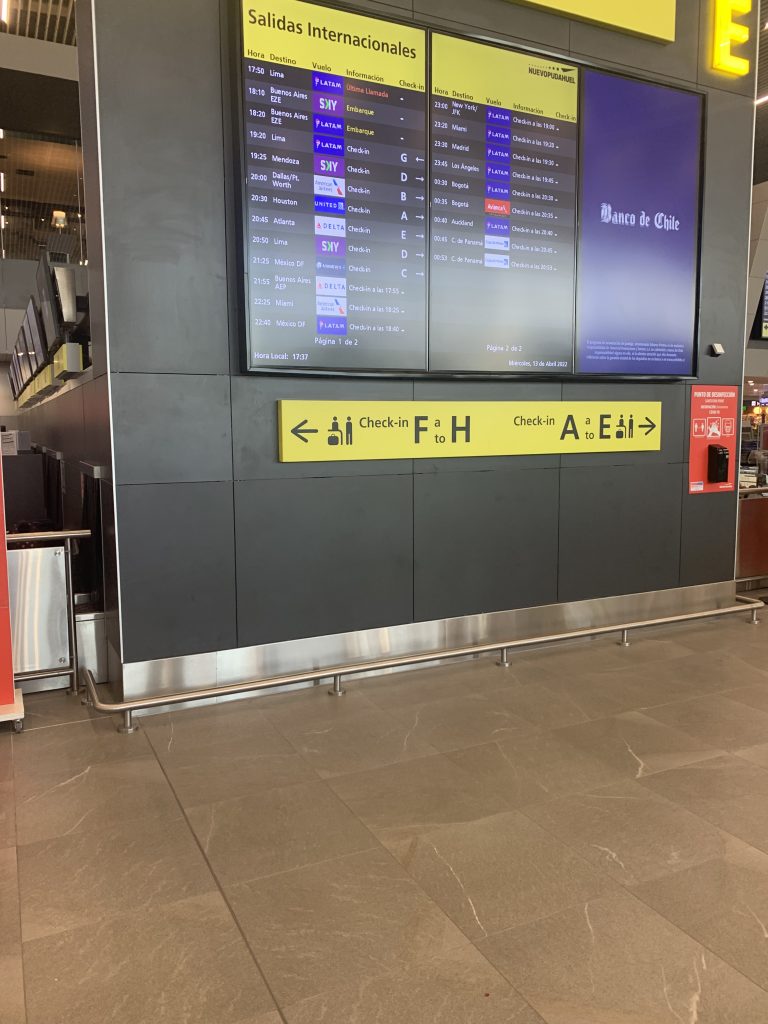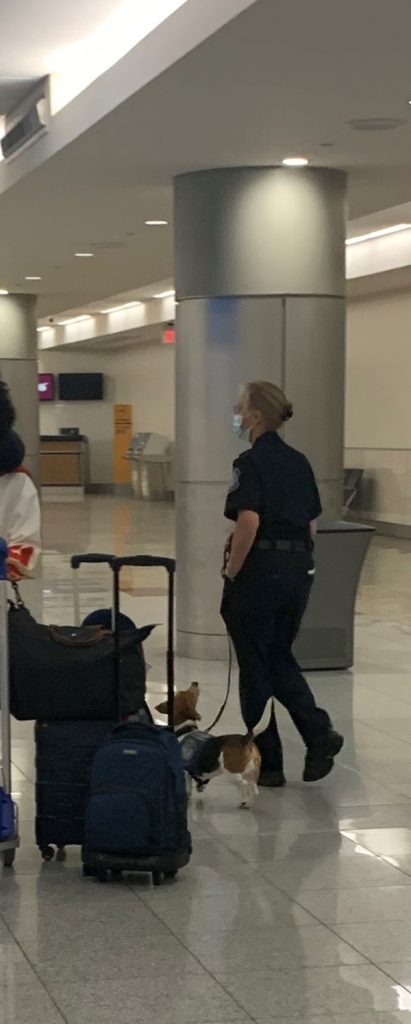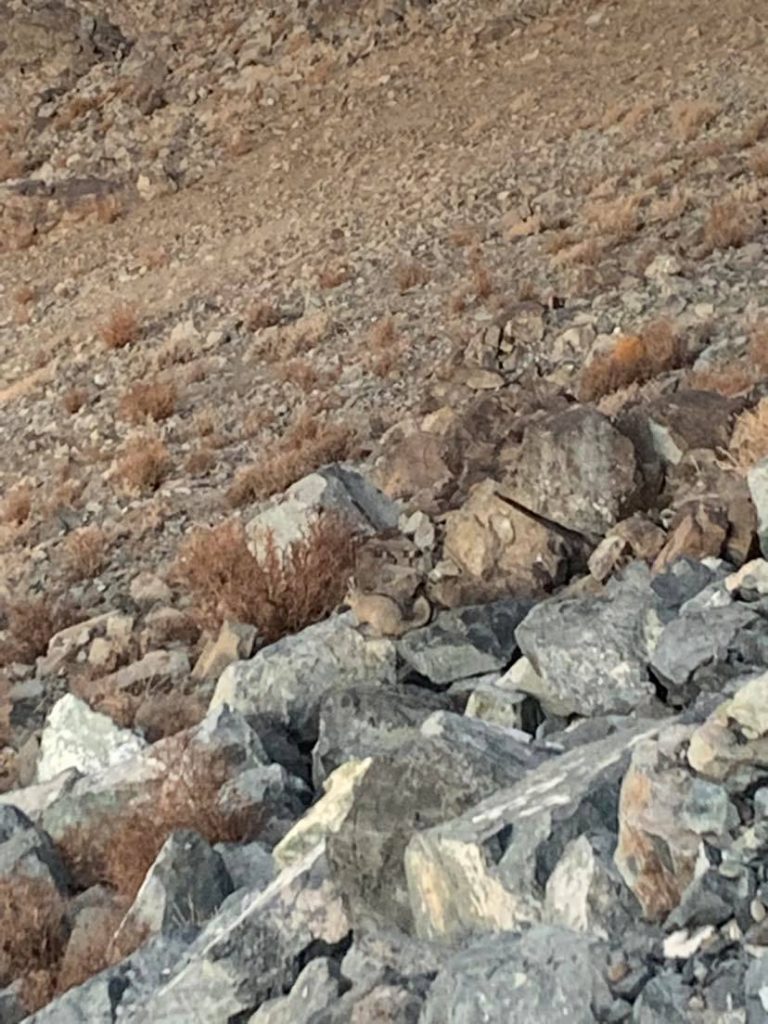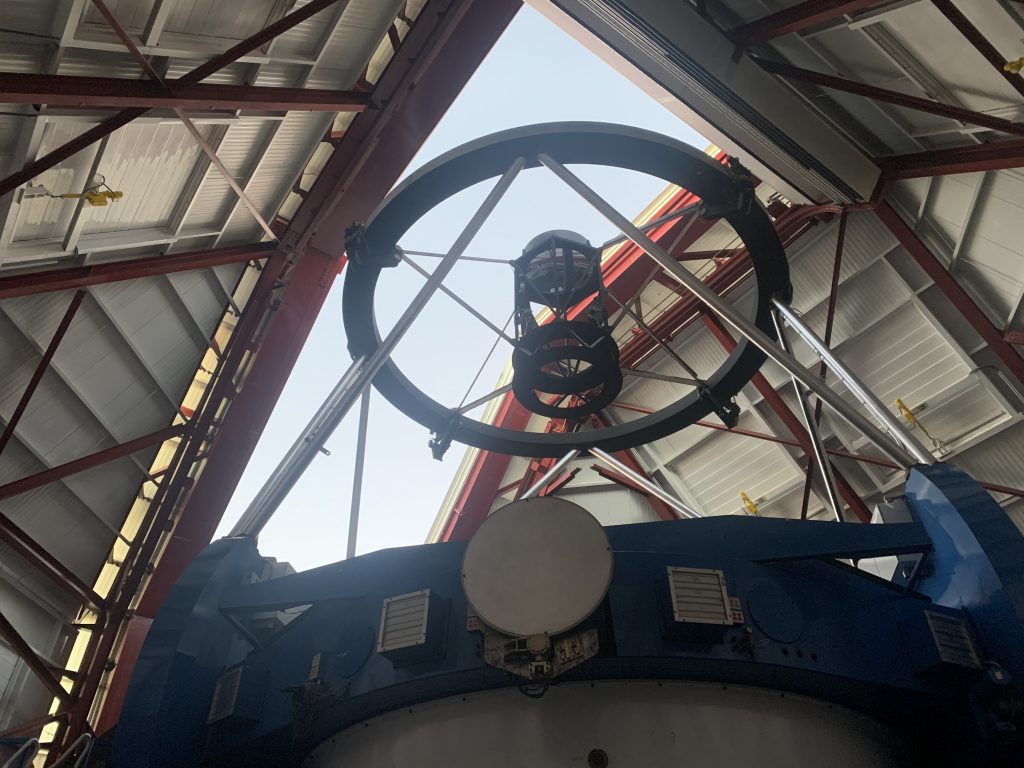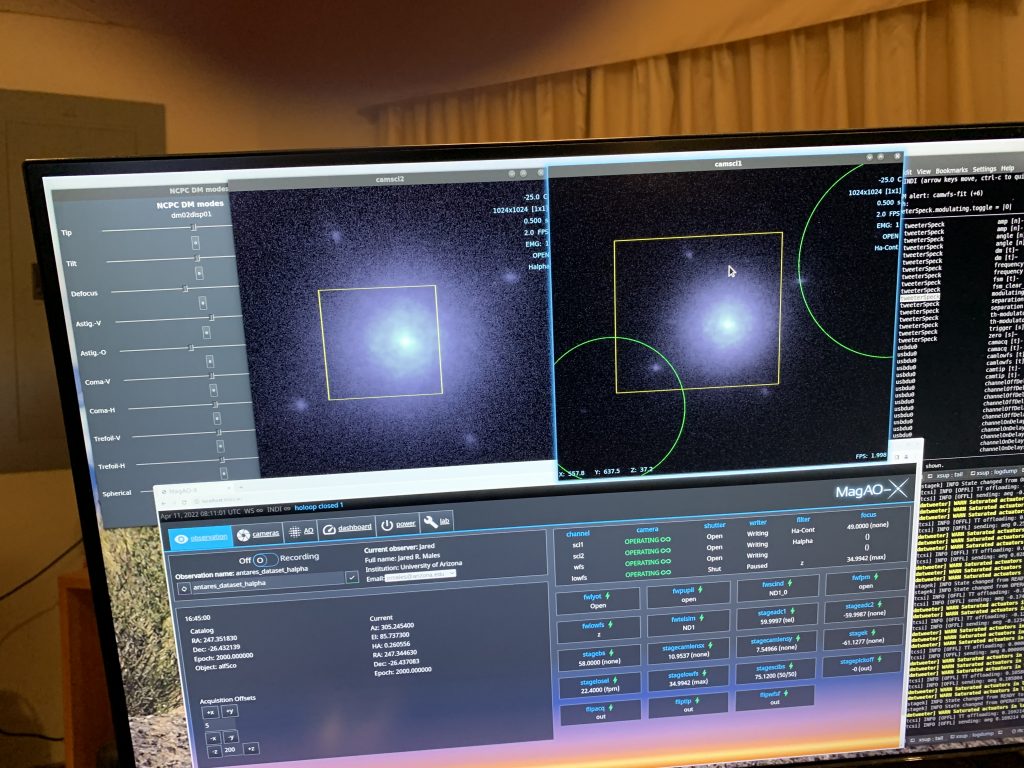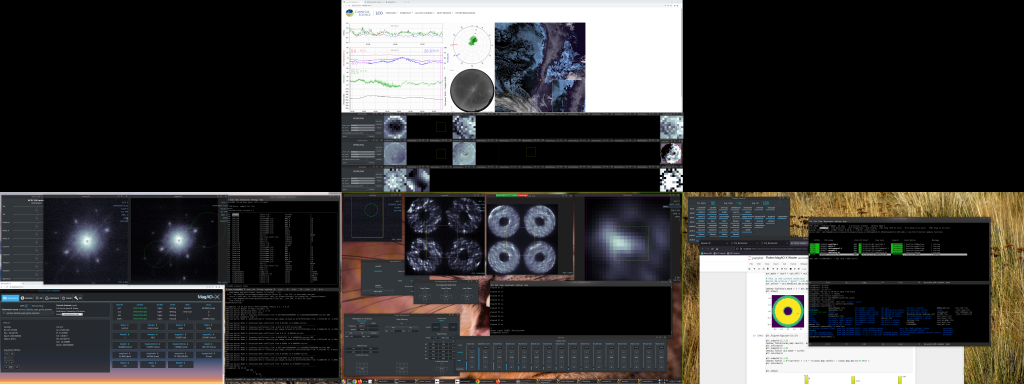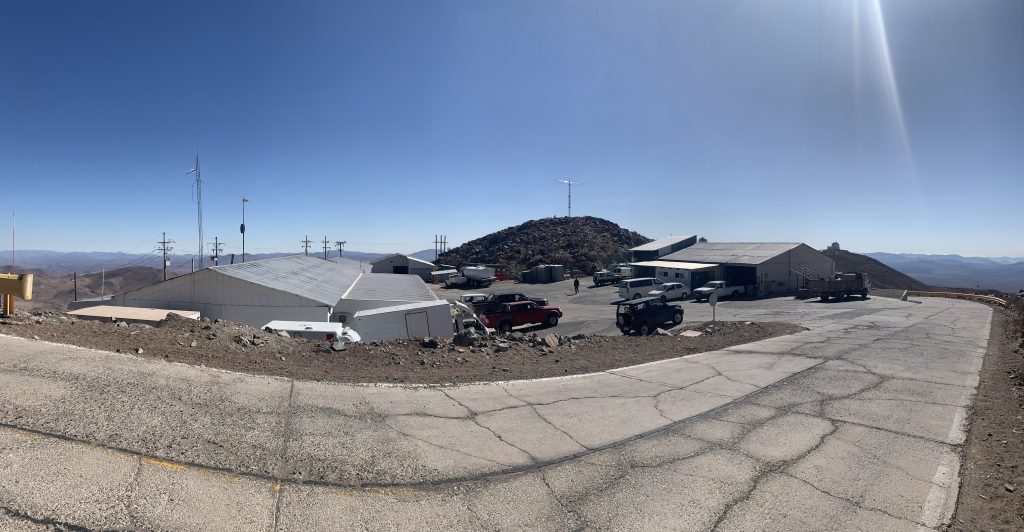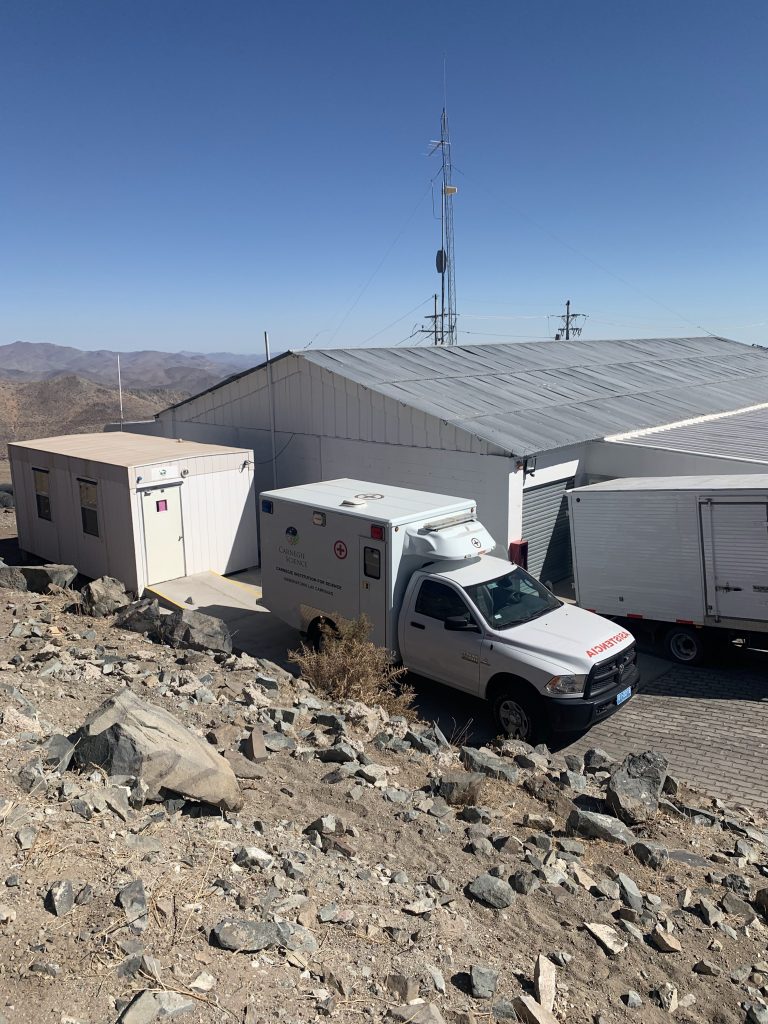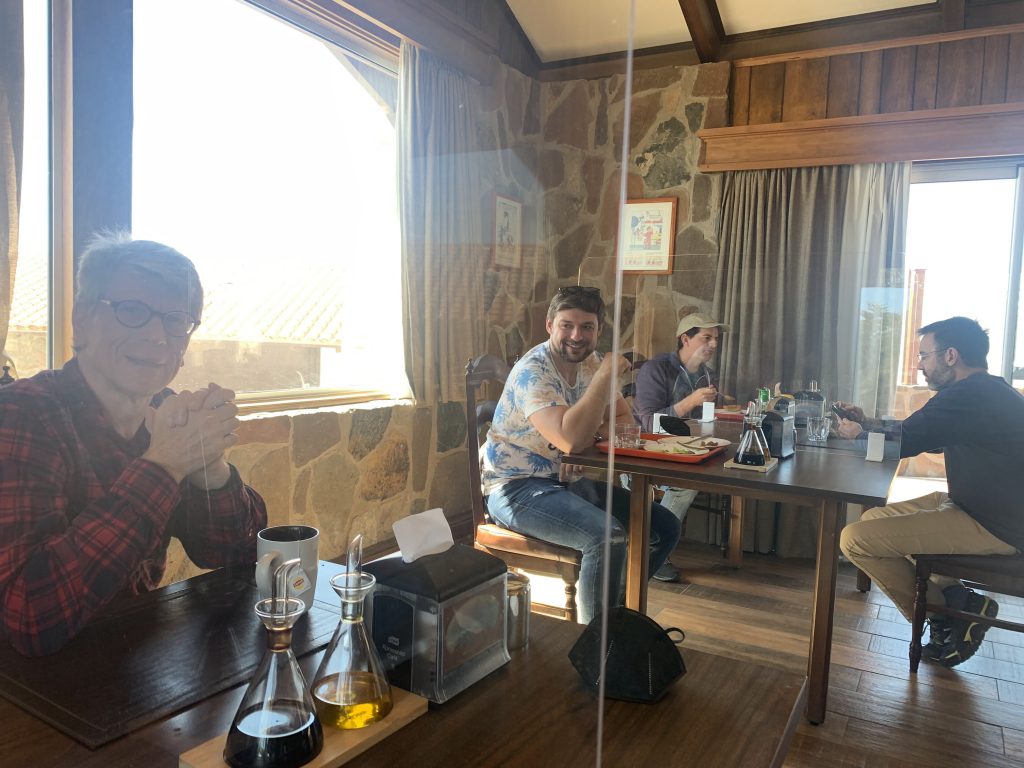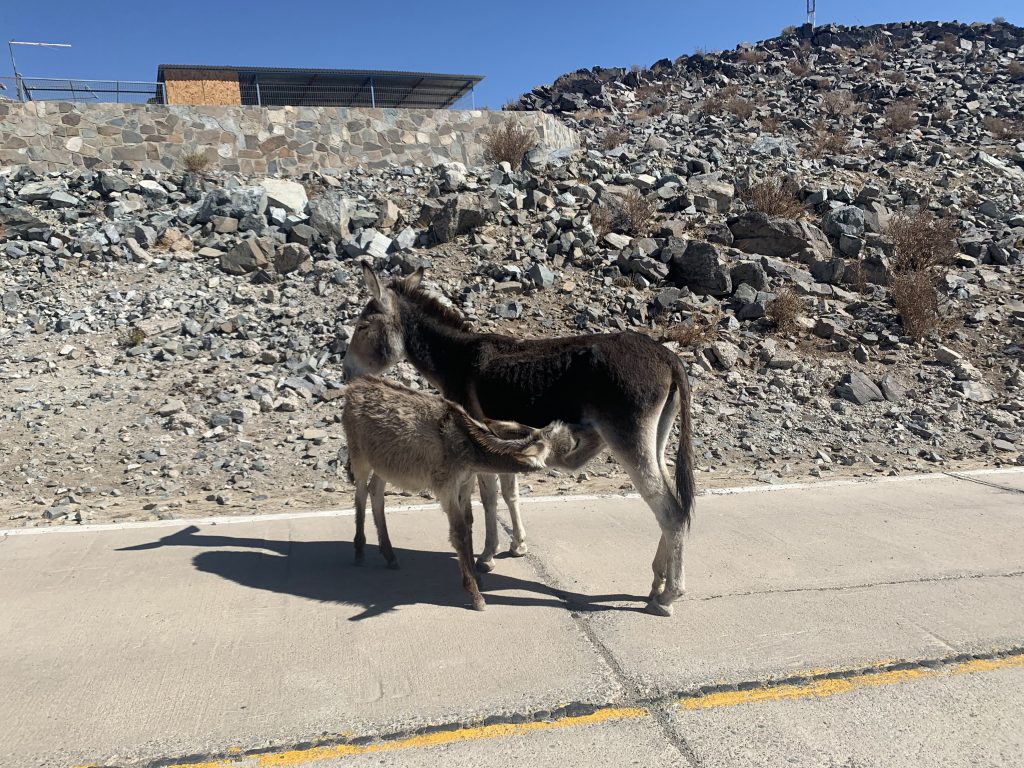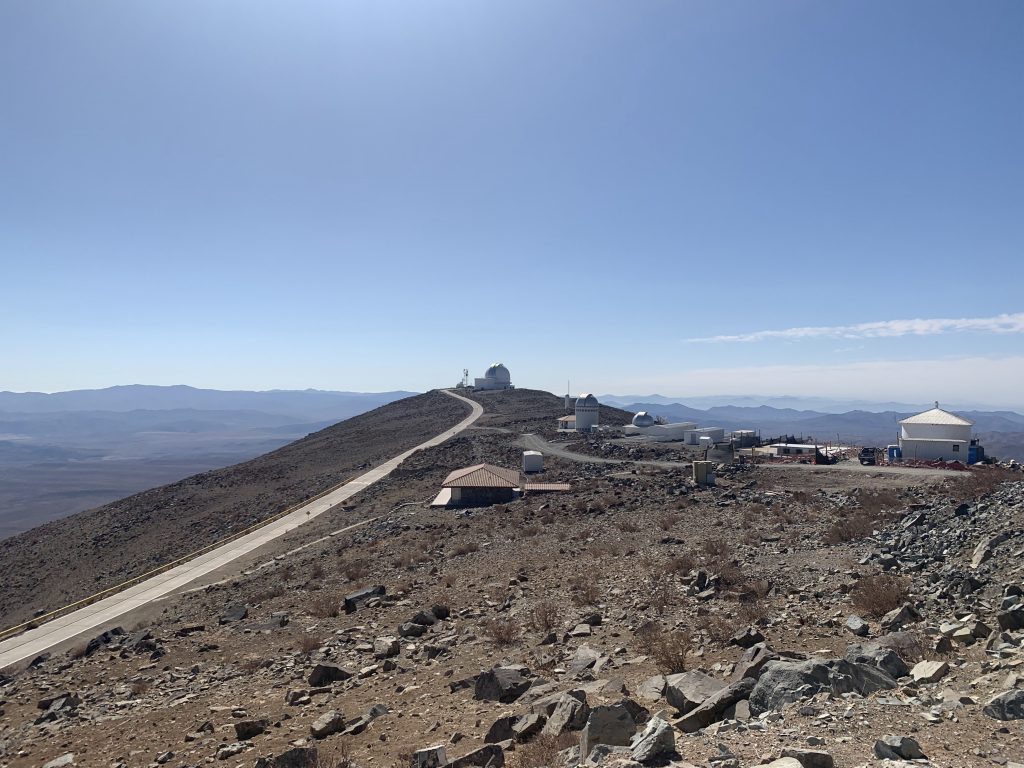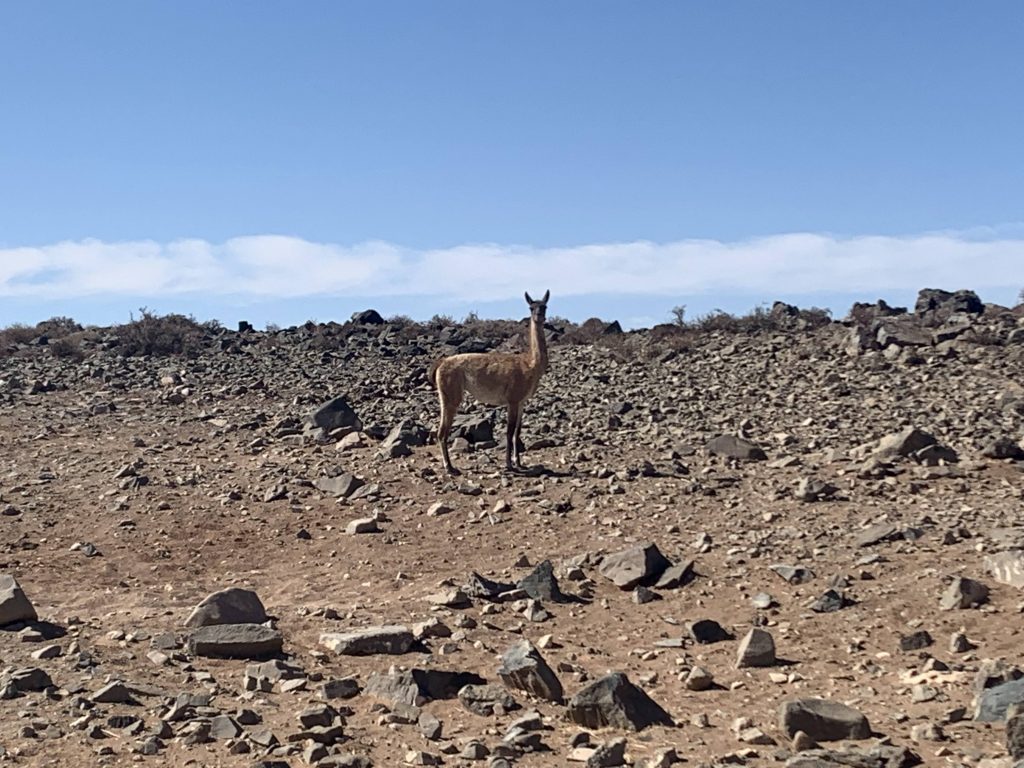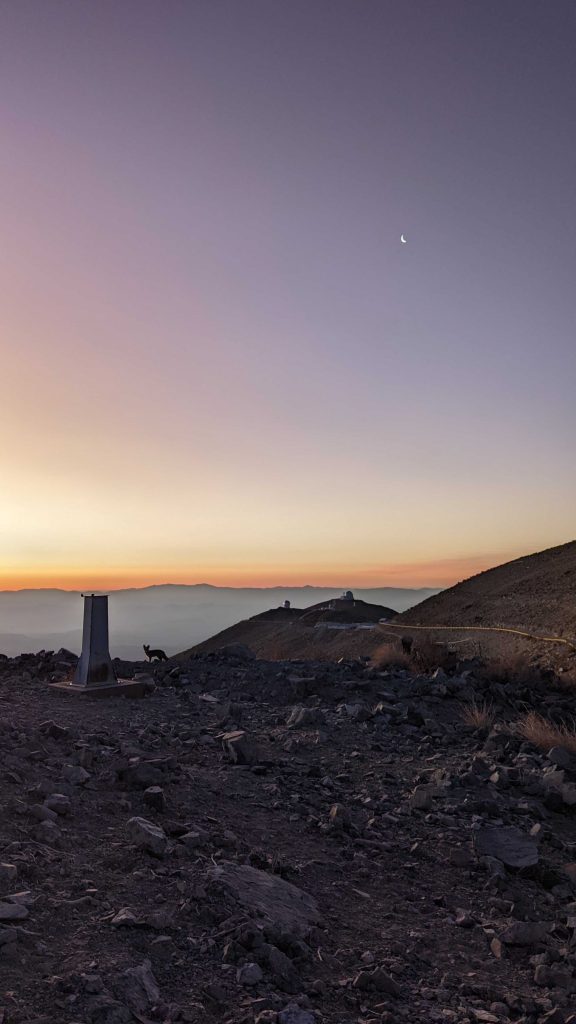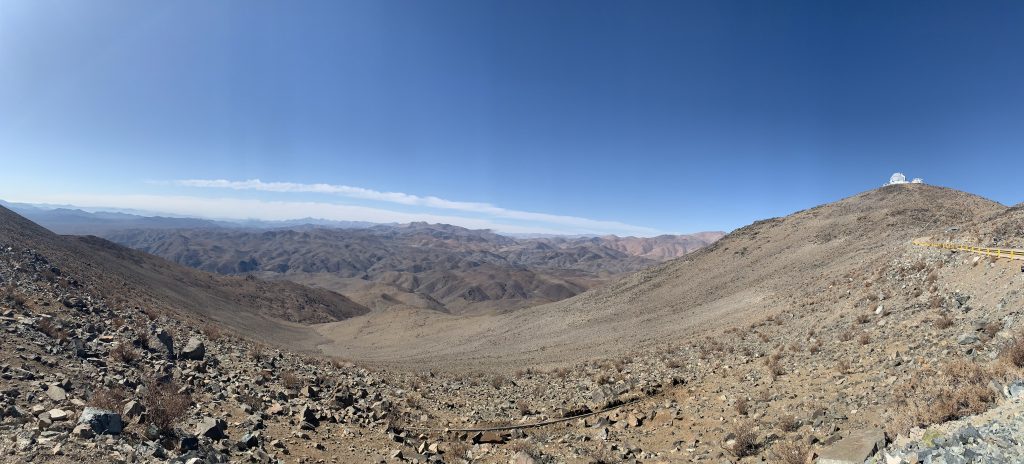To aid the MagAO-X team members I’ve left behind, I’m making a post of my transit from LCO back to Tucson, AZ. Here is a list of the necessary things to travel to the U.S.:
- A passport
- A credit card or other valid form of payment in Chile
- A valid COVID-19 rapid antigen test with a negative result
- The slip of paper Chilean emigration and customs gave you upon entry to their country
- A lot of time on your hands
The road from LCO to LSC
The road from Las Campanas Observatory to La Serena has some pristine stretches of mountain and coastal areas begging to be explored. My driver, Juan, was nice enough to indulge my desire to practice my long dormant spanish-speaking skills. Two and a half hours went by in an instant. (I also witnessed a small owl dancing and singing on the side of the road at the behest of Juan, and a short glance at a Chilean wild horse.)
Another rapid COVID-19 test abroad
Juan took me directly to the testing site which was on the corner of a strip of stores in the lot of a gas station, featured below.
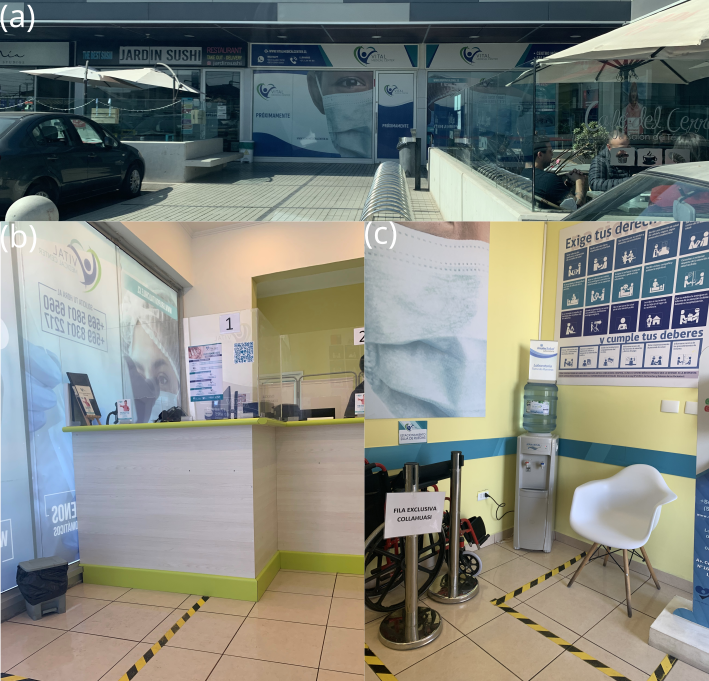
At the check-in desk of the lab, Vital Medical Center, I was asked why I was there, as well as for my passport and a phone number and an address of where I’m staying in Chile. I gave them the El Pino office address details, as well as the number for Dave Osip. I think Roberto’s number would’ve been a bit more pertinent to provide. I also told them I needed the test for today, as I was leaving in the afternoon from LSC.
They charged about $22.000 CLPs to my credit card for the antigen test, which corresponded to about $27.00 USD. I went around the corner to the nurse’s station, had my nostril swabbed, and sat and waited for about 15 minutes. Then they printed my test results and handed them to me in an envelope.
Afterward Juan took me to El Pino, which was about a 10 minute drive away.
The Luxurious El Pino
We pulled up to a gated entry way to El Pino and entered, headed up the driveway, and made our way to Roberto’s office. Roberto greeted me with a fist bump, and we made our way to the dining area and hotel.
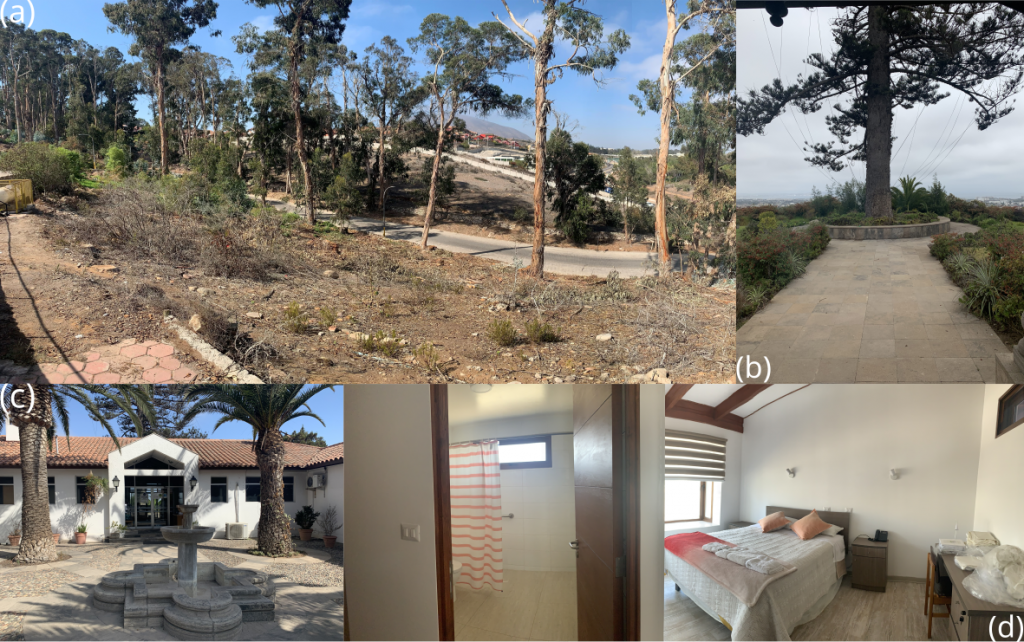
WiFi is available, and actually my laptop automatically connected to the lco-staff network. I successfully ssh’d into exao1 just to verify the network was the same. I completed the Delta FlyReady documentation and even though they verified my negative COVID-19 test result in time, it did not matter to LATAM. In other words, I had to check into my flights at the LATAM airlines check-in area at La Florida airport (LSC). Because of this, I opted to leave half an hour earlier than I was originally scheduled, but I don’t think it mattered in the end.
Going back to the U.S.
The drive to LSC took a little over 10 minutes, and was provided by an LCO staff member. Once I was inside the airport, I checked in at LATAM and checked my bag, keeping only my backpack. They required my passport and COVID-19 negative test result. Then they printed all of my tickets and sent me to pass through security. Security didn’t have a line, so I was at my gate about 15 minutes after I arrived at the airport.
The flight to Santiago was on time and uneventful, and in mostly understandable English, a flight attendant stated that checked luggage for international connecting flights will move on toward its final destination before customs in another country. Disembarking the plane led me to a very long corridor to walk down towards ‘Domestic Arrivals’. At the end of it, just past the bathrooms, there is a wall with a Victoria’s Secret ad from which you should clearly only turn right. This ushered me to a more open area with a plethora of signs indicating how to find the international terminal. For example, here is half of two signs combined to provide a nice map of where to go, and a text description for international connecting flights.
Once I exited the domestic terminal to outside, I ended up taking the left path from the map above. I was asked at least four times on the way out if I needed a taxi. I did not. I walked across the crosswalk and followed signs to the international terminal. Once again, it was very easy to figure out where I was going. I even walked past the Holiday Inn that Laird recommended I stay at to kill time. I will argue the new international flights building is just as nice to kill time in, and in doing so, I was already through emigration and customs awaiting my flight.
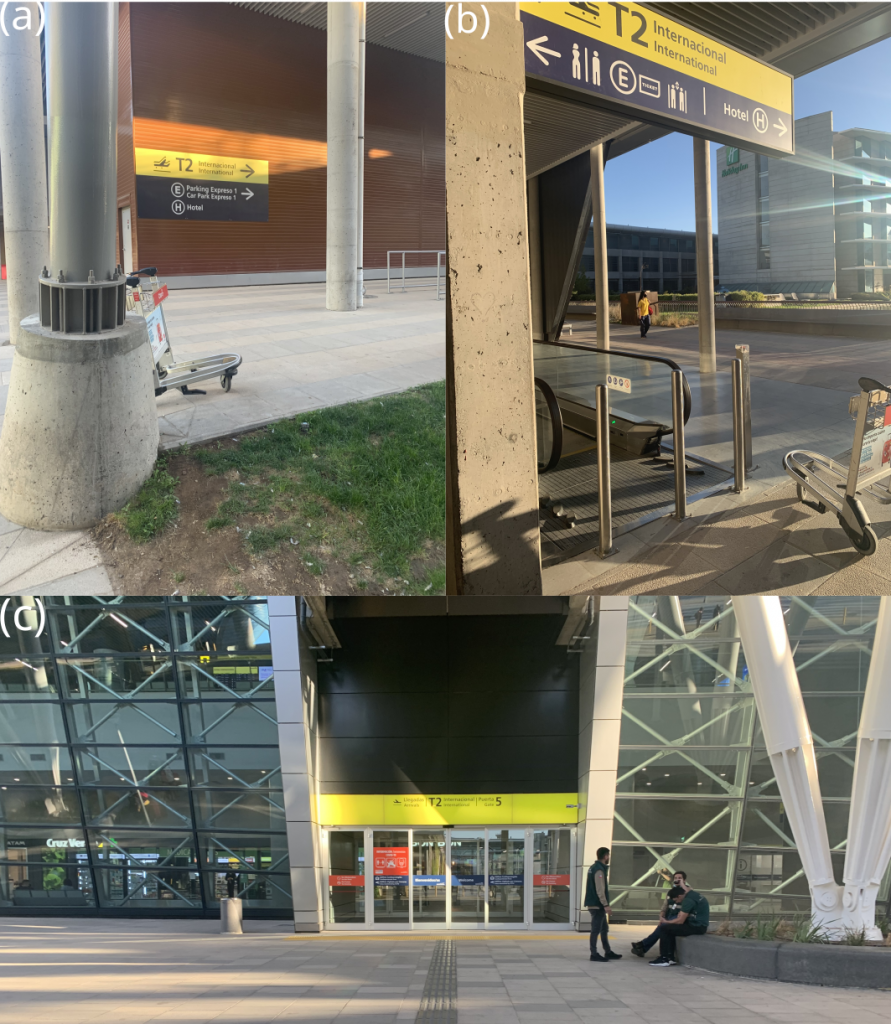
Once inside the international terminal, I went upstairs and into emigration and customs after I found the corresponding gate information for my next flight.
Emigration required my passport, my boarding pass, and that slip of paper from Chilean authorities upon entry to the country. I then passed through security and into the international airport. My flight information was not quite up-to-date yet, so I wandered around the airport wondering if I’d ever receive an update about my checked luggage. Eventually, I did.
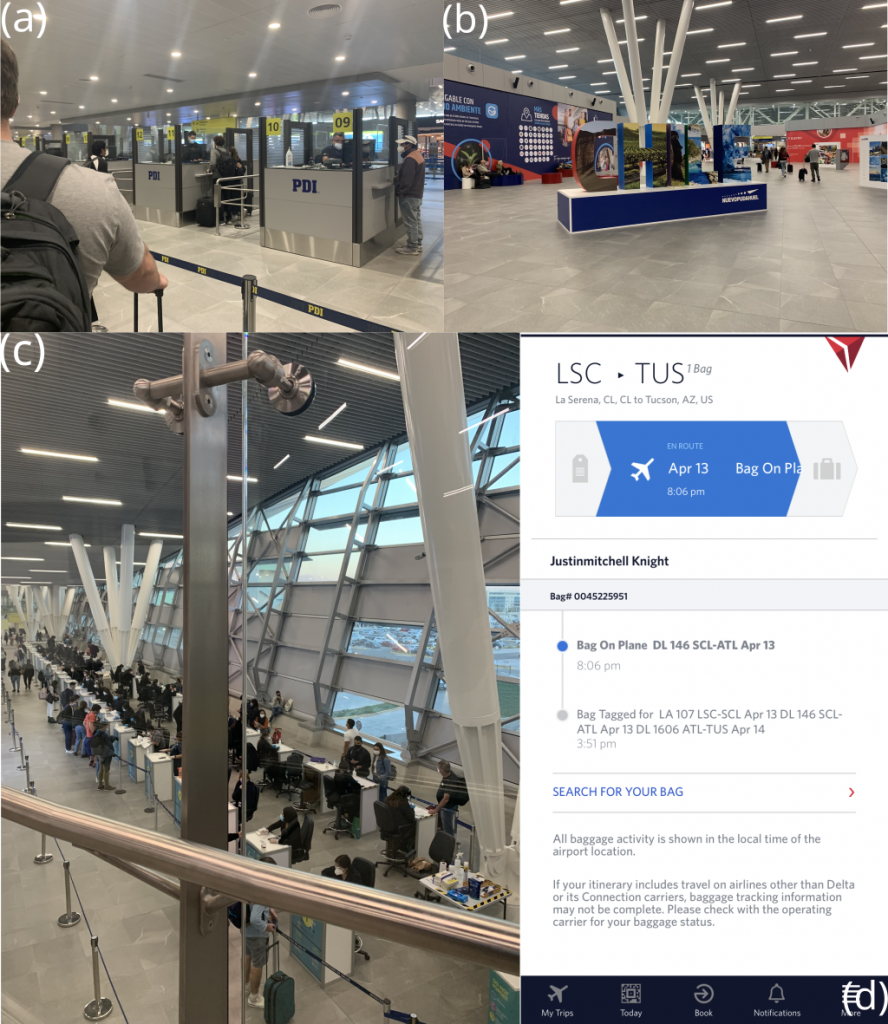
When it came time to board my flight from SCL to ATL, it turns out the airline wanted to re-issue the tickets for my remaining travel. I was not aware of this ahead of time, so I had to wait as many people in my boarding section went ahead of me. To issue my new ticket, they once again required my passport and negative COVID-19 test results. As a reminder, dear reader, I only had my backpack, so boarding order did not affect me. This may not be the case for you!
You’ve probably seen this all before
10 hours later, I arrived at ATL. I passed through emigration where they asked me for my passport and why I went to Chile (traveled to LCO to use the Magellan Clay telescope for MagAO-X instrument commissioning and observation), collected my checked luggage from baggage claim, then through U.S. Customs and re-checked my luggage before I went through a final security checkpoint and off to find my final gate. During baggage claim, I came across a different type of drug-detecting dog unit.
It is faster to take the train to the various concourses, but after a 10 hour flight, I decided to walk. The Charlotte, Atlanta airport is huge! My final flight to Tucson was delayed a bit, but my luggage made it (confirmed via another Delta app update), as did I. More than 24 hours of travel later and here I am, back in lovely Tucson. The song of the day mentions Tucson if you listen closely enough, or watch the lyrics (Closer, The Chainsmokers ft. Halsey).
